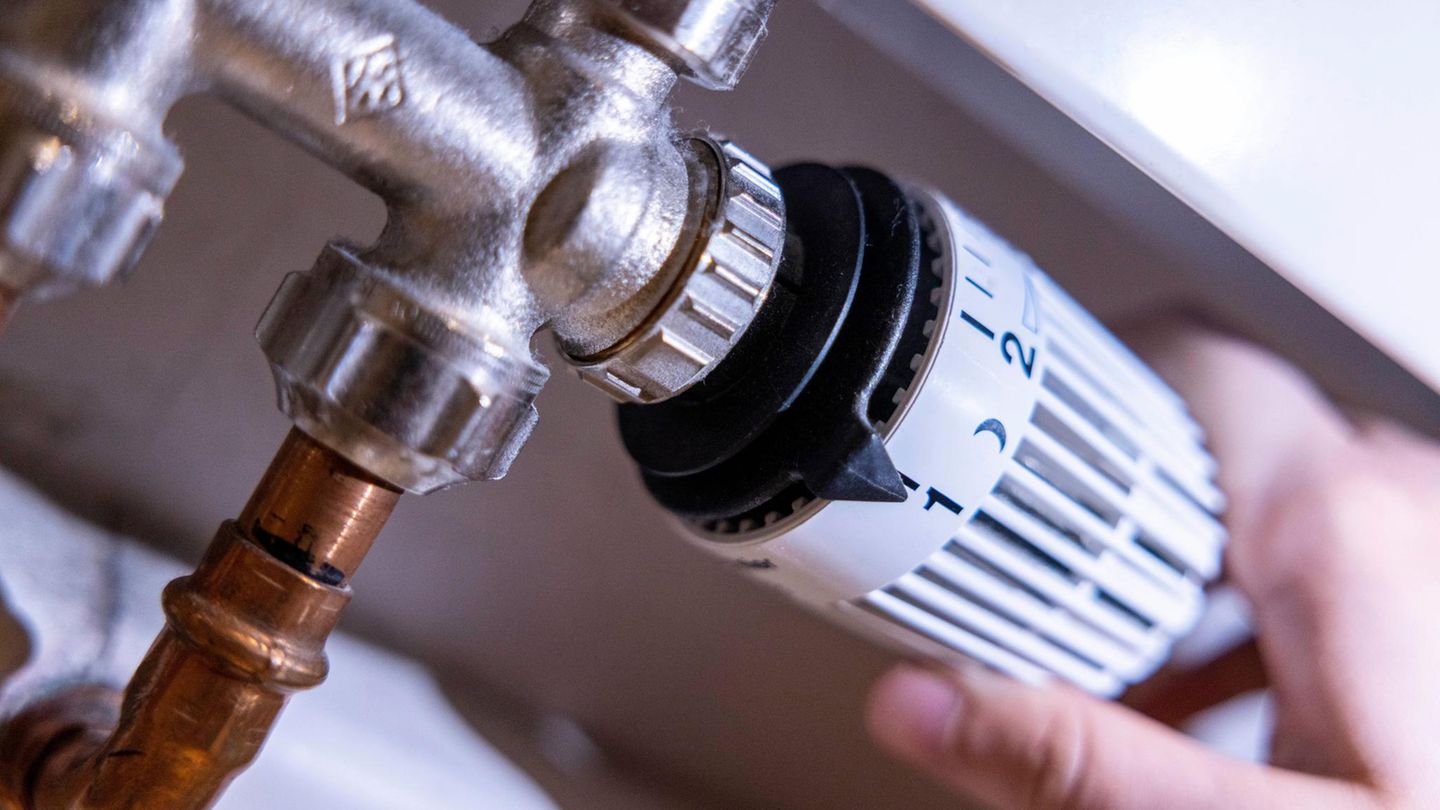The rocket lifted off from the European spaceport in Kourou, French Guiana, at around 9 p.m. (CEST) on Tuesday evening. The launch had previously been postponed by an hour due to a “minor problem on the ground.”
20 “passengers” on board
The Ariane 6, with Austrian technology on board, will in future be used to launch satellites into space for commercial and public clients. On its first launch, the new launch vehicle will have around 20 “passengers” on board: microsatellites from universities and scientific experiments. The previous model Ariane 5 was launched for the last time in June last year after 27 years of operation. Since then, the Europeans have not been able to put satellites into orbit on their own.
13 countries involved
13 European countries, including Austria, were involved in the construction of the rocket, which is 56 meters high and weighs 540 tons. For example, the company Beyond Gravity Austria supplied the high-temperature thermal insulation for the engines and the high-tech company TTTech contributed parts of the data network. With each Ariane 6 will generate a turnover of around 500,000 euros for the Austrian companies, the research promotion agency FFG said in the run-up to the launch.
My themes
For your bookmarked topics
new articles found.
info By clicking on the icon you add the keyword to your topics.
info
By clicking on the icon you open your “my topics” page. You have of 15 keywords saved and would have to remove keywords.
info By clicking on the icon you remove the keyword from your topics.
Add the topic to your topics.
Source: Nachrichten




